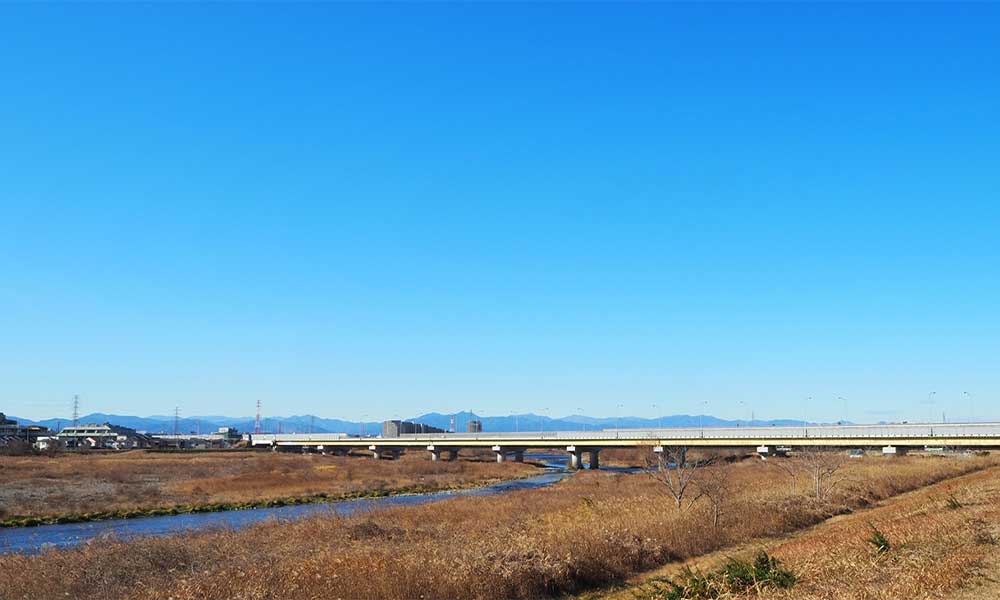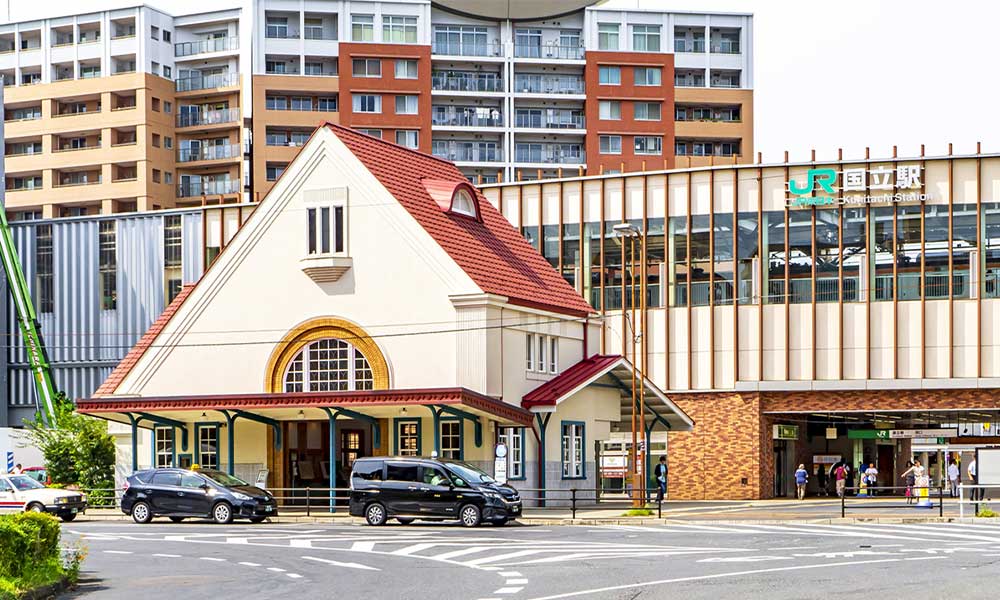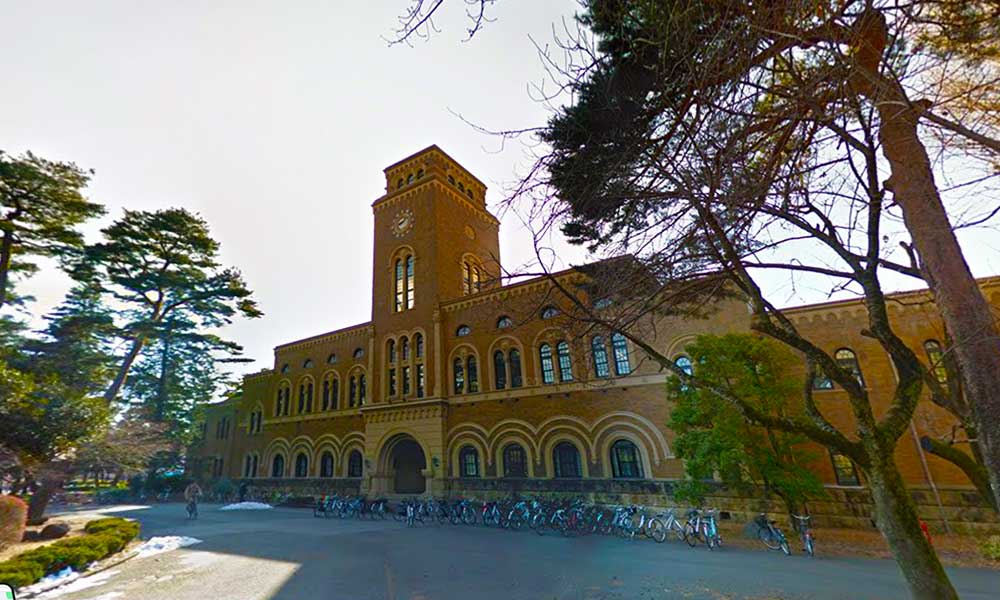Kunitachi City, Tokyo東京都国立市
Living in Kunitachi City, Tokyo

We have Summarized the livability of Kunitachi City, Tokyo.
KITATAMA AREA北多摩地域
-
- TACHIKAWA CITY 立川市
-
- NISHITOKYO CITY 西東京市
-
- MUSASHINO CITY 武蔵野市
-
- HIGASHIKURUME CITY 東久留米市
-
- MITAKA CITY 三鷹市
-
- CHOUFU CITY 調布市
-
- KOMAE CITY 狛江市
-
- KIYOSE CITY 清瀬市
-
- HIGASHIMURAYAMA CITY 東村山市
-
- KODAIRA CITY 小平市
-
- KOGANEI CITY 小金井市
-
- FUCHUU CITY 府中市
-
- KOKUBUNJI CITY 国分寺市
-
- KUNITACHI CITY 国立市
-
- HIGASHIYAMATO CITY 東大和市
-
- MUSASHIMURAYAMA CITY 武蔵村山市
-
- AKISHIMA CITY 昭島市
CONTENTS
- What kind of place is Kunitachi City, Tokyo?
- Kunitachi CityPR video
- How is the traffic situation in Kunitachi City?
- How are the rent and land prices in Kunitachi City?
- How is childcare and education in Kunitachi City?
- How about shopping in Kunitachi City?
- How about jobs and recruitment in Kunitachi City?
- Kunitachi City’s unique subsidy/subsidy system
What kind of place is Kunitachi City, Tokyo?

Kunitachi City is a city with universities and research institutes, where culture and academia come together.
Kunitachi City is located in the center of Tokyo and has an area of approximately 8.15 square kilometers.
It borders Kokubunji City to the north, Fuchu City to the east, Hino City to the south, and Tachikawa City to the west.
It has a population of approximately 76,000 and approximately 39,000 households. (As of June 2023)
The topography of the city is stepped from north to south, with the Kokubunji Cliff Line in the northeast and the Tachikawa Cliff Line in the south. The stepped areas are characterized by cliff lines with springs and rivers flowing through them.
The name Kunitachi City comes from the fact that it was a new station built between Kokubunji Station and Tachikawa Station on the Chuo Line at the time, and was named “Kunitachi” by taking the initials of both stations.
The history of Kunitachi City dates back to the Edo Period, when rice farming and agriculture flourished mainly in the Yaho area in the south, and it was a peaceful region with houses lining the Koshu Kaido road.
In 1889, during the Meiji Period, the three villages of Yaho, Aoyagi, and Ishida merged to form Yaho Village, the predecessor of Kunitachi City.
In the Taisho Period, development was carried out in various places with the aim of making it an educational city, and universities were opened one after another. Around this time, infrastructure was also developed, such as the opening of a train station, and urbanization progressed.
After the war, the population rapidly increased due to the expansion of residential land, and in 1951, Yaho Village became “Kunitachi Town.”
It was around this time that a “movement to designate educational districts” arose, mainly among citizens and students, in order to protect the educational environment in Kunitachi City, and in 1952, it was designated an educational district.
The population continued to grow after that as large housing complexes were completed, and in 1967 the area was incorporated as a city, and the city of Kunitachi was born.
Today, Kunitachi City is a quiet residential area, but it also has an aspect as an educational city with many universities, high schools, and educational facilities, and is popular as a harmonious city with areas with tranquil scenery such as fields.
The center of Kunitachi City is around JR Kunitachi Station, and the most famous is the road that stretches straight from the station, “Kunitachi University Street,” which is the symbol of the city. It is also popular for its many restaurants and shops and seasonal events. In spring, about 200 cherry trees bloom all at once, and the “Kunitachi Sakura Festival” event is held, attracting many visitors every year.
There are other popular spots in Kunitachi City.
Yabo Tenmangu Shrine is the oldest Tenmangu shrine in eastern Japan, located a 3-minute walk from JR Yabo Station.
It is famous as the god of academics, and every year during the exam season, it is filled with students and their families who visit to pray for success.
Tamashin History and Art Museum is an art museum established by the Tama Shinkin Bank, located just a short walk from JR Kunitachi Station. It displays history and art related to the Tama region, as well as works by artists representing the Tama region.
PR video of Kunitachi City, Tokyo
“Kunitachi: A town I want to tell you about through letters”
Kunitachi Walk “Kuniyan Walk”
How is the traffic situation in Kunitachi City?

“Kunitachi City” has excellent rail and bus services and easy access to the city center.
There are two train lines and three stations in Kunitachi City. It takes about 39 minutes to get from the station to Tokyo Station and about 27 minutes to get to Shinjuku Station.
| Kunitachi Station | JR Chuo Line |
| Yaho Station | JR Nambu Line |
| Yakawa Station | JR Nambu Line |
The bus routes available in Kunitachi City are Tachikawa Bus, Keio Dentetsu Bus, and Keio Bus.
You can also use the community bus “Kunikko” which travels around the main facilities in Kunitachi City.
To access the expressway from Kunitachi City, you can use the Kunitachi-Fuchu Exit on the Chuo Expressway.
To access the expressway from Kunitachi City, you can use National Route 20, which runs from Chuo Ward in Tokyo through Kanagawa Prefecture and Yamanashi Prefecture to Shiojiri City in Nagano Prefecture.
There are many train and bus routes, making it convenient.
There are many areas where the roads are narrow, making it difficult to drive, and parking fees are expensive.
How are the rent and land prices in Kunitachi City?

Kunitachi City is a quiet residential area with a university and nature nearby, making it an easy place to live.
According to information from a real estate information site, the average rent in the city for a newly built apartment within a 10-minute walk from the station is about 80,000 yen for a 1K and 117,000 yen for a 2DK.
The average land price is about 1.34 million yen per tsubo.
The average price of a newly built apartment is 49.49 million yen, the average area is 63.39 m2, and the average price per tsubo is 2.581 million yen per tsubo. (As of 2018-2022)
Most of the city is quiet residential areas.
In addition, since it is designated as an educational district by the Tokyo Educational District Building Ordinance, the area is regulated by the Tokyo Educational District Building Ordinance, so it is a safe and popular city to live in because it is an area where the expansion of buildings of industries such as pachinko parlors, adult entertainment shops, hotels, and amusement halls is prohibited.
Although it is possible to secure a relatively large land area for a detached house, land prices tend to be higher due to its proximity to the city center.
Land prices and condominiums have been rising in recent years, especially in front of the station, so you should carefully consider when to buy.
As there are relatively many universities in the area, rental properties tend to be for single people, such as 1K apartments, but in areas further from the station you can also see family-type properties.
Although it is close to the city center, there are many quiet areas with lots of nature, making it an area suitable for those who want to live in a calm environment.
Despite being close to the city center, rental and land prices are often reasonably priced.
There are many areas, especially in front of stations, where it is difficult to secure parking.
How is childcare and education in Kunitachi City?

“Kunitachi City” is a city with a wide range of educational institutions, child-rearing support, and a thriving local community.
In Kunitachi city, there are 13 nurseries, 9 kindergartens, 11 elementary schools, 5 junior high schools, 5 high schools, 4 junior colleges/universities, and 1 vocational school.
The “Child Medical Expense Subsidy” subsidizes the full cost of outpatient and inpatient care for infants and toddlers who are not yet in compulsory education (until the first March 31st after reaching age 6). For children between the ages of 7 and 18 (until March 31st after reaching age 18), the subsidy is the amount of the insured medical care fee deducted from the self-paid amount for outpatient care up to a maximum of 200 yen per visit, and prescriptions, hospitalization, and home care are fully subsidized.
Child allowances are provided in the following amounts: 15,000 yen for children under 3 years old, 10,000 yen for the first and second child aged 3 or older but not yet entering elementary school, 15,000 yen for the third child and onwards, and 10,000 yen for junior high school students.
Kunitachi City also has a comprehensive support system of its own.
The “Kunitachi City Child-Rearing Families Accompanying Support Project” supports families with children with two types of support.
The “Accompanying Consultation Support” program offers up to three interviews with a public health nurse or other specialized staff member to discuss child-rearing. The “Financial Support” program offers two points exchange gifts worth 50,000 yen to families who attend the interviews.
There is also comprehensive support for babies.
The “Welcome Baby Class” is a support system that provides free lectures on how to take care of a baby and dietary guidance for first-time mothers and fathers over two days.
The “Newborn Visit” and “Hello Baby Visit” are systems in which a public health nurse or midwife visits your home to check on the baby’s health, how to take care of it, and measure its weight, and also provide information on child-rearing.
The “Postpartum Care Project” provides child-rearing support at hospitals and facilities, and can be used by those who are worried about raising a child alone after giving birth or who are not feeling well after giving birth. Depending on the purpose, there are short-term admission types where you stay at an affiliated facility for a short period of time, and home visit types where specialized staff will visit you at home, and this is a support system that allows you to receive advice on breastfeeding and childcare at a relatively low cost.
The Kunitachi Childcare Support App is a tool unique to the city that allows you to get information about childcare within the city and manage vaccination schedules.
There are various support options available for those who are unable to find someone to look after their children for various reasons.
The “Sick Child/Convalescent Child Care” system allows parents to leave their sick children at designated medical institutions within the city if they are unable to look after them due to work or other reasons.
There is also a “Children’s Short Stay” system that can be used when parents need to temporarily look after their children due to illness or special occasions. It is available for children from 2 years old to junior high school students, and you can choose from overnight or day trip options at a relatively low cost.
The “After-School Daycare Center” is for first to sixth graders and provides a safe place for children who are left alone after school due to their parents’ work or illness.
Most of Kunitachi City is designated as a cultural city, and it is known for its large number of educational institutions and high level of education.
There are many families who take private school entrance exams from junior high school and famous universities, and there are also a large number of cram schools and classrooms.
In addition, buildings that are unfavorable to studying have been eliminated, and the area is known for its good public safety, making it an extremely suitable area for raising children and education.
As the name suggests, this is an educational district, and the schools are of a high standard, meaning you can receive a quality education.
Many families are education-conscious and education costs tend to be high.
How about shopping in Kunitachi City?
“Kunitachi City” has a shopping district and supermarkets, making it convenient for everyday shopping.
Below are some of the most popular shopping facilities in Kunitachi city.
The Kunitachi Popolo Shopping Center is a 4-minute walk from the south exit of Kunitachi Station on the JR Chuo Line. It is a famous building with a striking brick exterior, and houses clothing stores, cafes, and general goods.
Nonowa Kunitachi is a facility directly connected to JR Kunitachi Station, and is bustling with students and housewives, with a stylish cafe and sweets that are perfect for souvenirs.
The city also has about 12 supermarkets, including Saeki and Seiyu.
There are hardly any large shopping malls or department stores, but there are a sufficient number of drug stores, convenience stores, and supermarkets, so you will have no trouble buying daily necessities in this area.
There are many stores selling groceries and daily necessities, so you will never have trouble with your daily shopping.
There are few places to buy clothing, so you have to travel to the city center.
How about jobs and recruitment in Kunitachi City?
Kunitachi City: A city with job openings in a variety of industries, including university-related jobs
The average annual salary in Kunitachi is 4.66 million yen.
Half of the city is residential, making it one of the most residential areas in Tokyo, and there tend to be few general businesses.
On the other hand, most of the city is designated as a cultural city, and there tend to be many education-related facilities.
In addition, although the number is small, there are manufacturing businesses scattered around, such as food and printing companies.
You can expect to find jobs related to education and manufacturing.
There are many universities and research institutes, and there are relatively many job openings related to research and education.
In popular industries and occupations, the number of job seekers may exceed the number of job openings, making competition for positions highly competitive.
Kunitachi City, Tokyo’s unique subsidy/subsidy system
Kunitachi City, Tokyo’s unique housing assistance and subsidy system
Kunitachi City, Tokyo’s unique childcare support system
Kunitachi City, Tokyo’s unique system for further education and tuition assistance/subsidies
| School support scholarship Exam taker challenge support loan program |


















